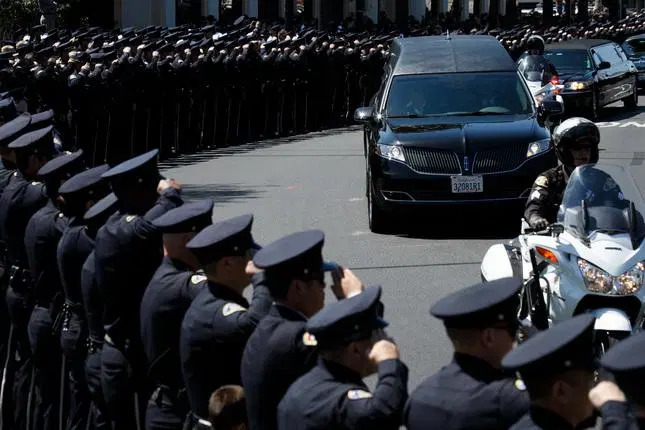
By Chief Joel F. Shults, Ed.D.
President Biden advocates a federal domestic terrorism law. Given that the Constitution guarantees not only free speech but free association, even the ACLU is skeptical that the government can keep from repeating past mistakes in criminalizing political and religious activity. Although concerns about radicalization through social media and hate speech raise caution flags, criminal acts must be the guide rather than mere oratory. Representative Jackie Speier, D-California has formally urged Biden to expand screening for military member by surveying their social media specifically for “white supremacy” groups. Little attention was given to another alarming report cited at Military.com citing concern about street gangs associated with Army personnel. Potential misconduct crosses racial lines.
During hearings on Biden’s pick for Attorney General, the specter of ideological persecution was in the air. “I would not have taken this job if I thought the politics would have any influence over prosecutions and investigations,” he said. Yet Judge Merrick Garland, President Biden’s pick for attorney general, promised to combat the rising threat of domestic extremism. Few would disagree that violence should be stopped, but what if watchdogs are defining extremism as any opposition to their beliefs and policies?
As a February 22nd USA Today editorial states “there’s also little doubt that targeting perceived ideological threats contributed to our nation’s most shameful episodes of civil rights abuse and governmental spying on citizens.” With grants proposed for state and local law enforcement as well as schools for violence prevention programs, leaders in these institutions must be watchful for ideological indoctrinations that go beyond data and common-sense tools. The shifting sands from the Trump era to the Biden/Harris era are soaked with presuppositions and broad classifications of people whose thoughts are deemed to be dangerous. It bears noting that Biden’s Attorney General nominee oversaw the prosecution of Timothy McVeigh’s murderous bombing of the federal building in Oklahoma City without any special terrorism laws.
Guiding documents on U.S. laws define terrorism as any crime that appears to be intended to intimidate a civilian population, influence government policy, or affect government conduct by assassination, kidnapping, or mass destruction. Based on those criteria it would seem that the actions of rioters in Seattle, Washington and Aurora, Colorado where police officers were trapped inside buildings should be examined through the lens of domestic terror. This past August in Seattle, rioters went about setting a fire outside a door to a police building which they had jammed with rebar and boards and attempted to seal with quick-dry cement. SPD officers managed to kick their way out of the exit. Three fire bombs were tossed at a Seattle Police Guild building. These kidnappings, arsons, and attempted murders were given little attention by city leaders.
In Aurora, Colorado, police were trapped for seven hours in a precinct station, chaining the doors shut. In the aftermath, police found makeshift weapons and gas cans nearby. While other officers attempted to enter the area, including access to patrol cars that had also been blocked, rioters used mortar type fireworks and other means to assault responders. The lack of political outrage at these horrific actions is an indication that political messages will be projected through the search for domestic terrorists. As law enforcement comes under the suspicious eyes along with our military, it is no wonder that the anti-police crowd will gladly support undermining the police and further impugning their credibility.
Some of Biden’s concerns arise from the participation of military veterans and police officers in the January 6th assault on the U.S. Capitol, despite the heroic actions of thousands of police and military members responding to the melee. One analysis showed that 20% of persons criminally charged in that debacle were veterans or active-duty persons, while 7% of the population have a military service connection. Comparing those figures is not an accurate reflection of widespread and radical ideological corruption in the military, nor is the number of persons involved in the capitol attack who have law enforcement connections. One could argue that those who have had the most intimate interactions with government, having borne arms for it, would have a higher sensitivity and awareness of concern for liberty, even if misguided.
For the weight of government surveillance to be pressed against the men and women in uniform is not merely an insult, but a real danger. Along with the goal of rooting out extremists (currently almost always referring to white, right wing extremists) there is, necessarily, a grand re-education effort to vilify them. The line between those who are all talk and those who commit real violence against our democracy shouldn’t be all that difficult to determine. Even conspiracy requires some overt act in furtherance. Without behavior, there is no crime but one’s thoughts and attitudes, which, however ugly, must never be criminalized.